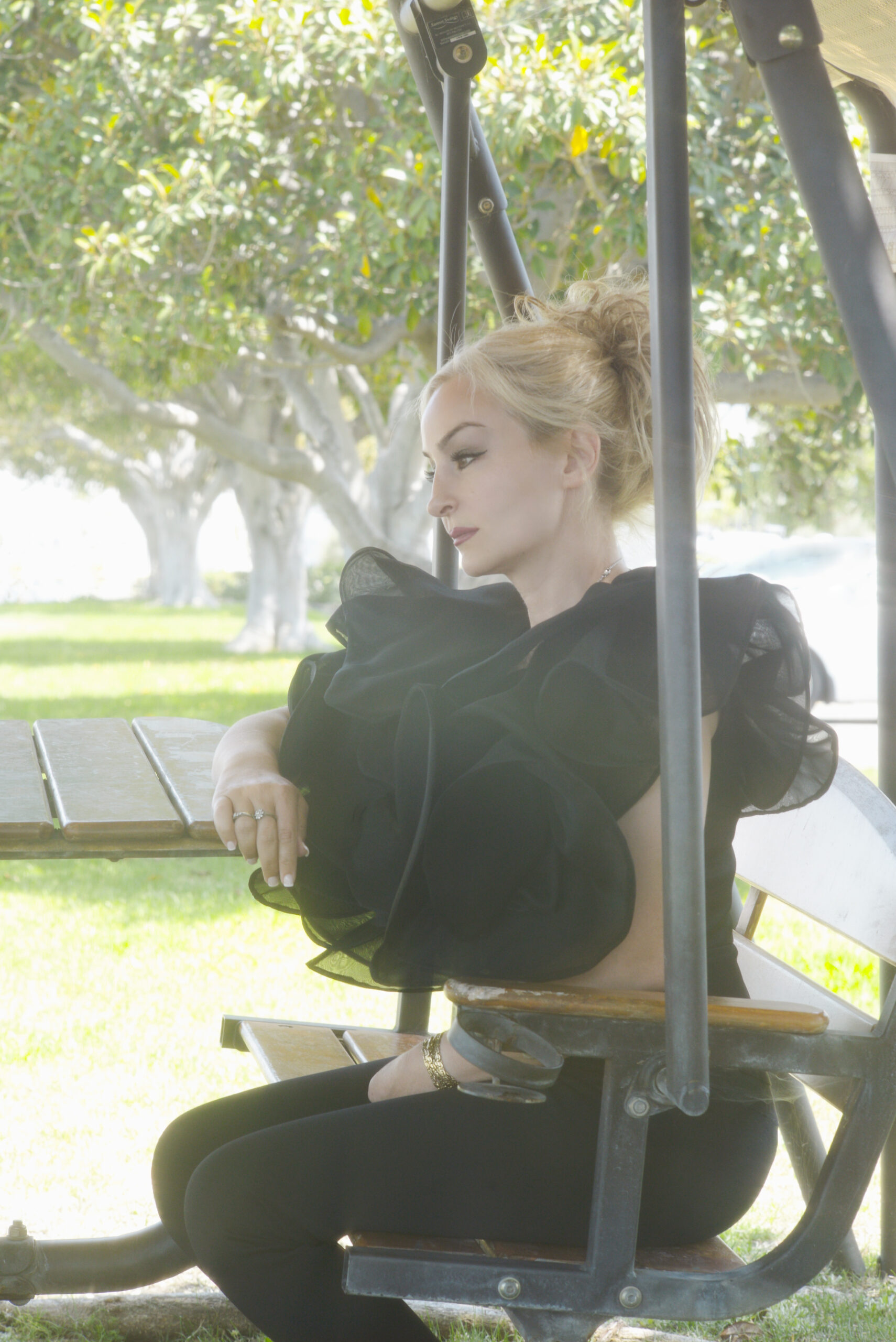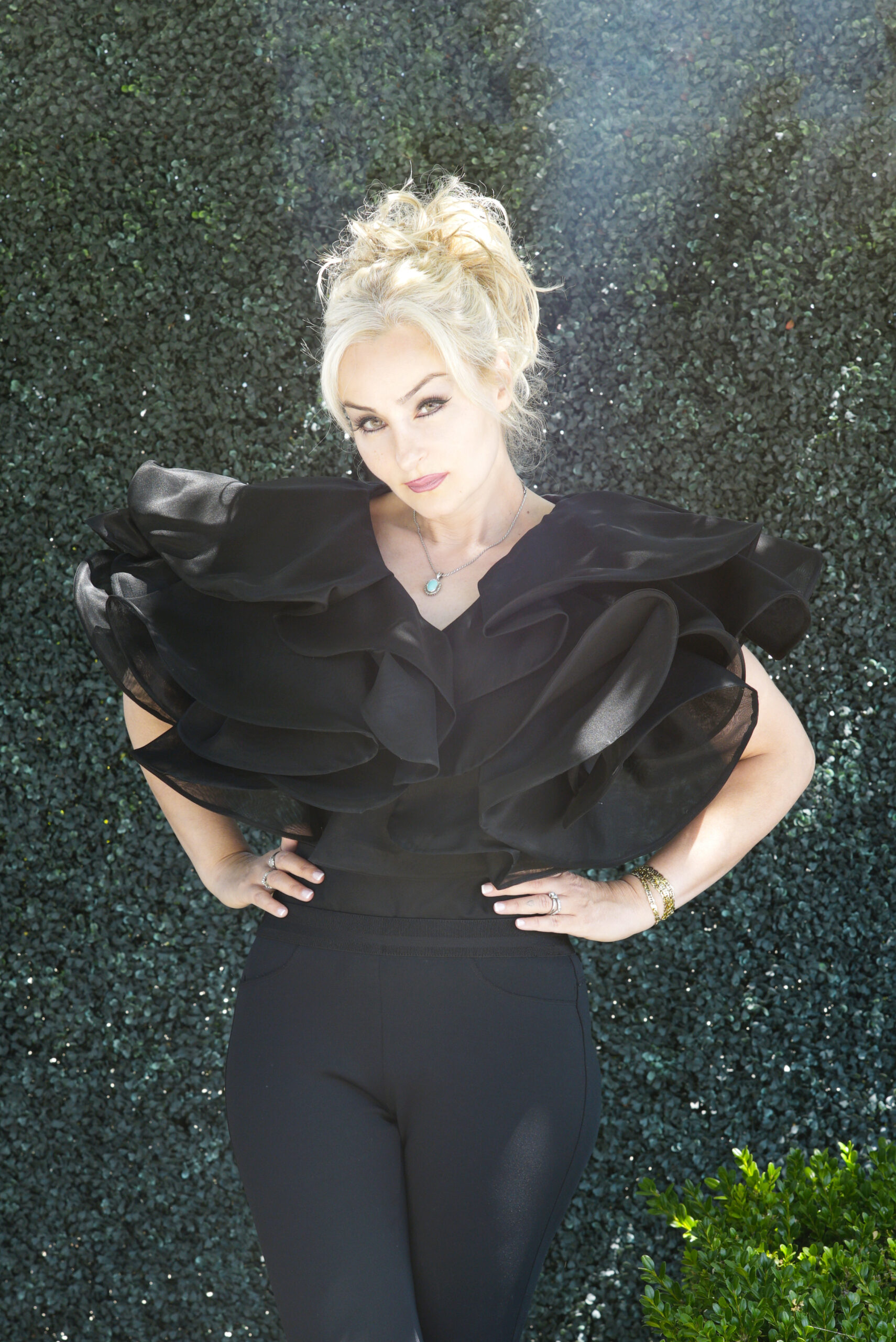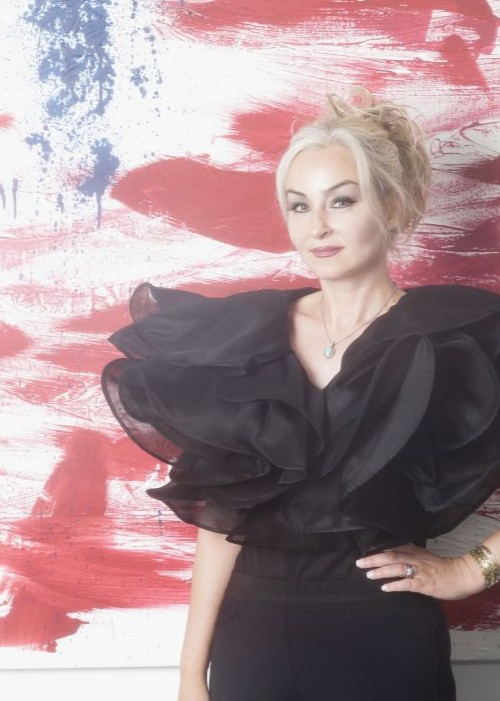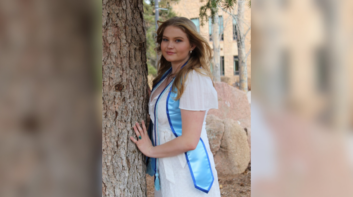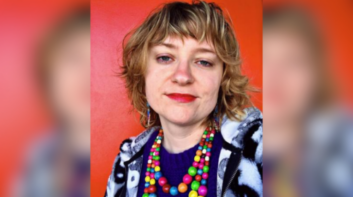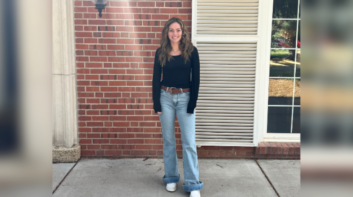Even when Azam Maseeh was just a little girl, what she wore was “so important” to her, and when she looked at other people, she told IW Features, she “was always imagining what they [could] wear.”
“Fashion is everything to me,” she said.
Now, more than two decades after she first arrived in the U.S. from Tehran, Iran, the California-based designer has been able to turn her lifelong love for fashion into a haute business.
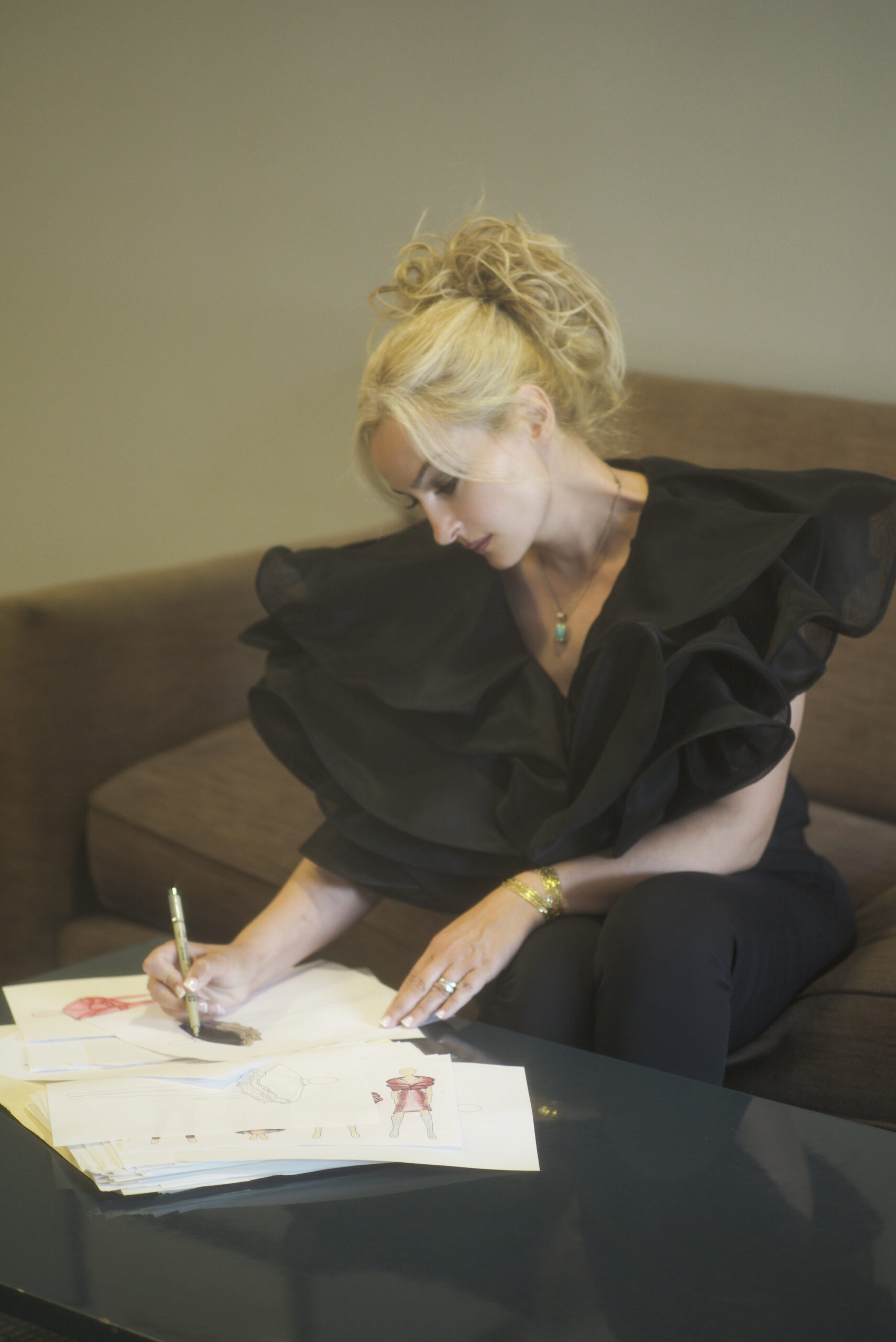

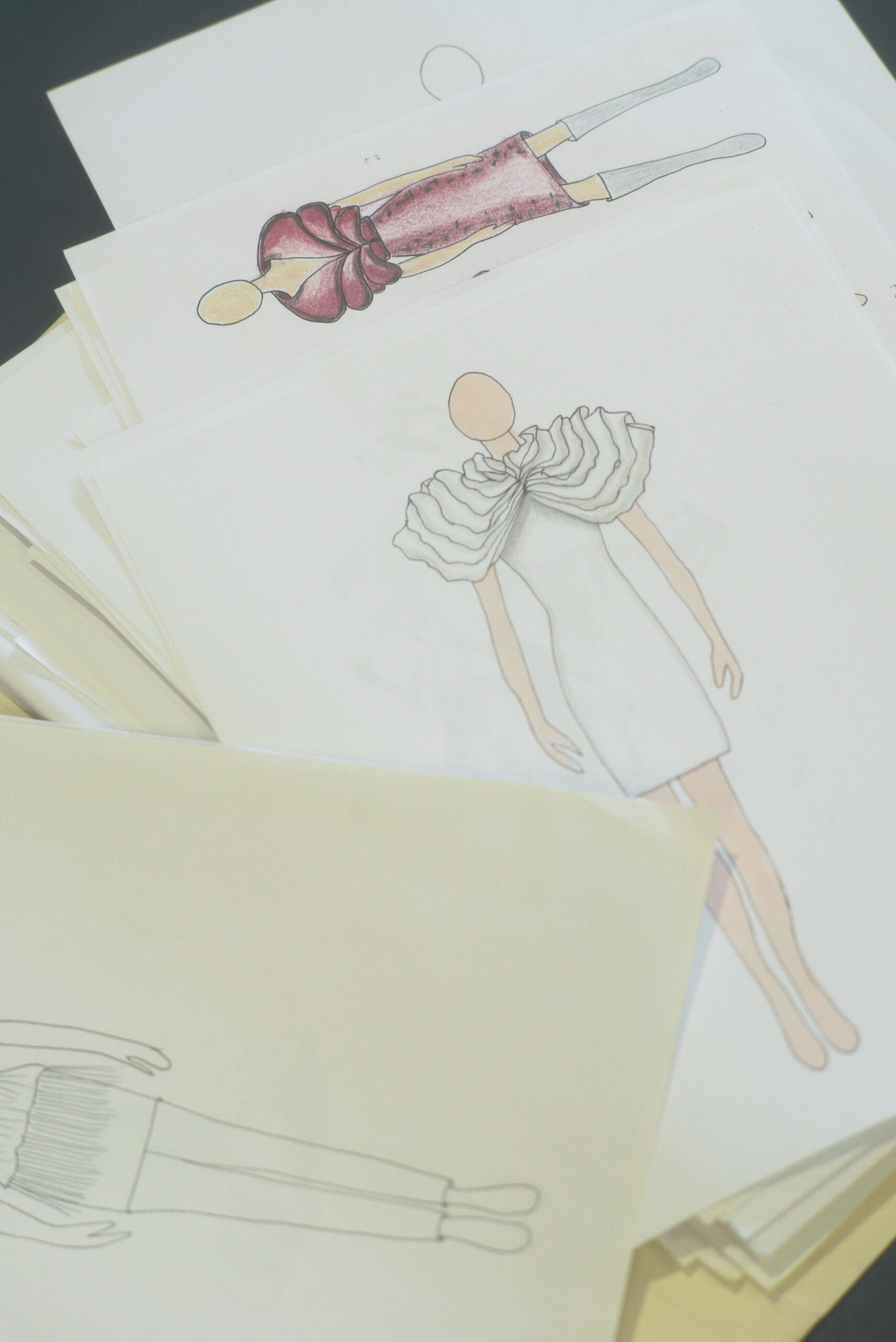
Although her passion began when she was growing up, she told IW Features that she didn’t know back then that she wanted to be a fashion designer. “But something was inside [me] always,” she added.
Maseeh didn’t pursue a career in fashion early in her life. She married her husband when she was young and had two children, a son, who was later diagnosed with autism, and a daughter, right away.
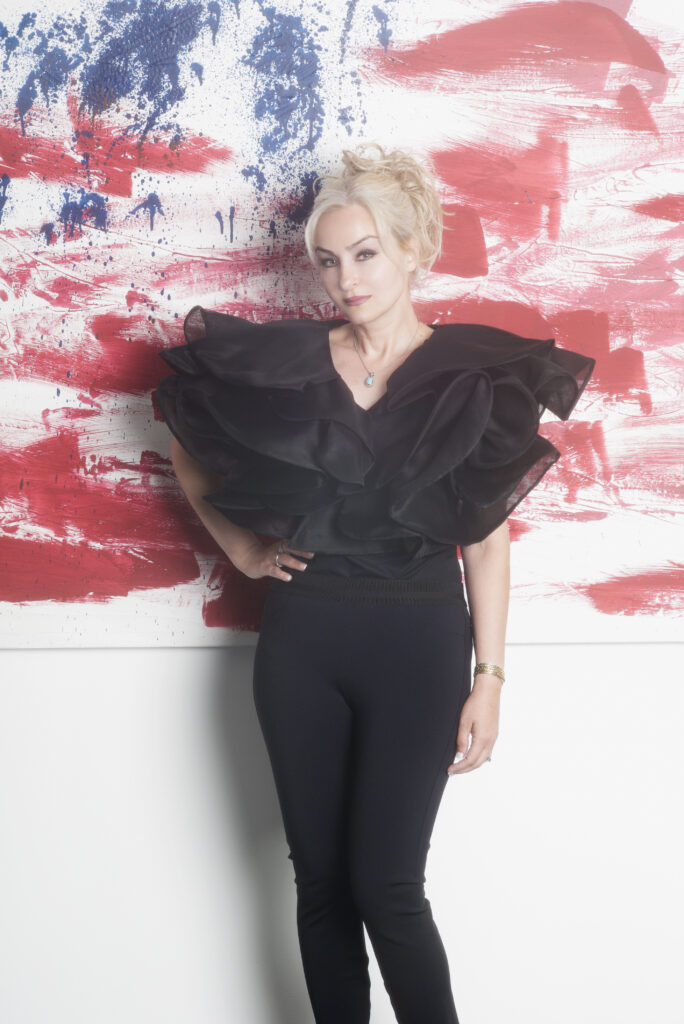
But no matter how busy she was raising two children, Maseeh’s passion for fashion never faded. When her children were partway through elementary school, Maseeh explored the option of taking classes at the Fashion Institute of Design & Merchandising, or FIDM, in Orange County, California.
The schedule ultimately conflicted with her responsibilities as a full-time mom supporting a son with developmental needs. Fortunately, a few years later she was able to receive private tutoring from an instructor at FIDM.
Initially, it started with learning “basic [sketches]” two or three times a week. Maseeh mentioned that it took some time to develop her skillset.
After some practice, however, Maseeh recalled the instructor telling her, “‘Azam, you are good. You are really good.’”
“I was so happy and excited,” Maseeh said.
But then the response to COVID-19 caused much of the world to effectively shut down, and while Maseeh and her instructor continued virtually for a bit longer, the private lessons eventually came to an end.
However, even a global pandemic couldn’t stand in the way of Maseeh’s love for fashion. She asked herself, “Okay, what should I do next?”
“I found a Zoom class…at Saddleback College, and I started again,” Maseeh recalled her time at Saddleback College marked a turning point for her development as a fashion designer.
After she honed her skills in sketching, she began working with tailors and creators who could help her bring her designs to life. She told IW Features that she sees fashion “as an art.”
Indeed, Maseeh’s designs extend beyond the fabric, reflecting her experiences and understanding of the world. “Every design I have, there is a story behind it,” she said. Take the dress she designed to honor her late mother-in-law: it is a beautiful bronze color with the letter “H,” her mother-in-law’s first initial. The bodice of the dress boasts delicate yet detailed flowers that are also seen on the arms.
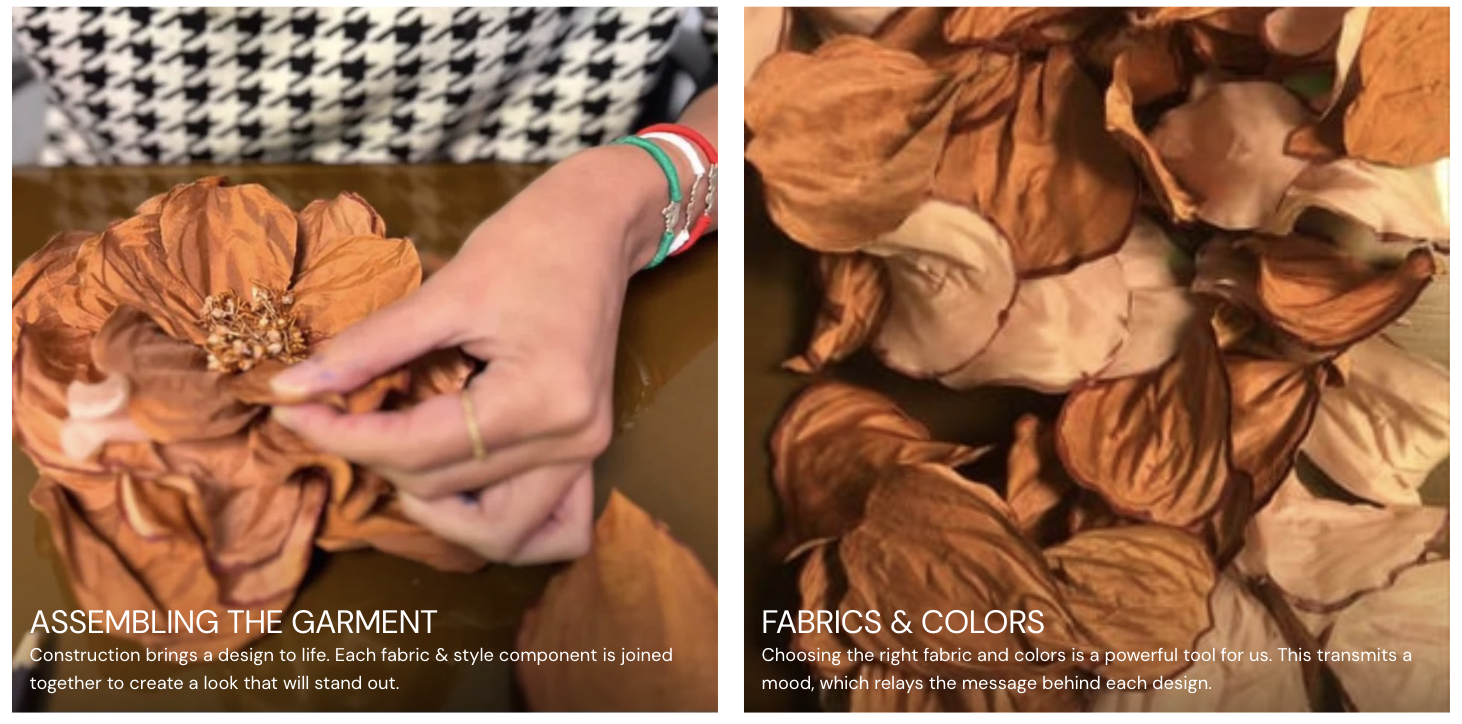
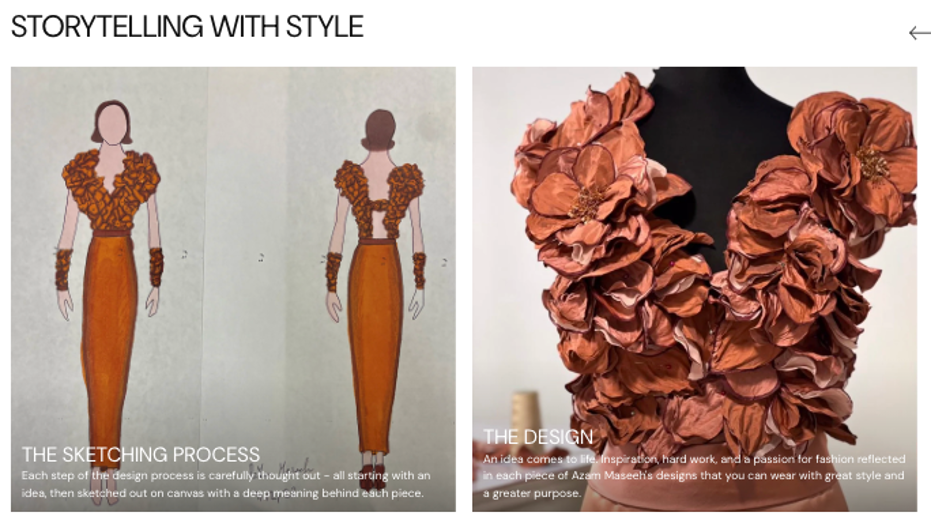
Although Maseeh today is a thriving designer in Southern California, she says that fashion, for her, is “not [about] competition. It’s very personal.” The success of rival brands doesn’t bother her: she chooses to “appreciate the beauty of others” and says that when she sees someone else’s beautiful designs, she’s “just mesmerized.”
Despite having started on her fashion journey later in life, and despite not having formal training right out of school like many young designers, she knew this industry was her calling. “Fashion—it’s not business,” said Maseeh. “It’s [a] feeling, it’s beauty, [it’s] an appreciation of love.”
Maseeh stands as a strong testament to the power of feminine creativity and drive. She also stands as a testament to American exceptionalism: since its Islamic Revolution of 1979, Iran has treated its women like second-class citizens, depriving them of freedom, opportunities, and rights.
The United States, on the other hand, was able to give a busy immigrant mother the opportunities she needed to pursue her gifts. And now that she has found success in that pursuit, she is able to create value and jobs for others in the beautiful clothing she has made. Her sex, her race, and her religion were not obstacles in her ability to achieve the American Dream.
When thinking about other women seeking their dreams, Maseeh urged that “they follow themselves,” rather than following others or fleeting trends, because “they have their own personality and they have their own power.”
“Find that angle,” Maseeh advised, and above all else, “Be confident. Be confident. Be confident and don’t follow others.”
